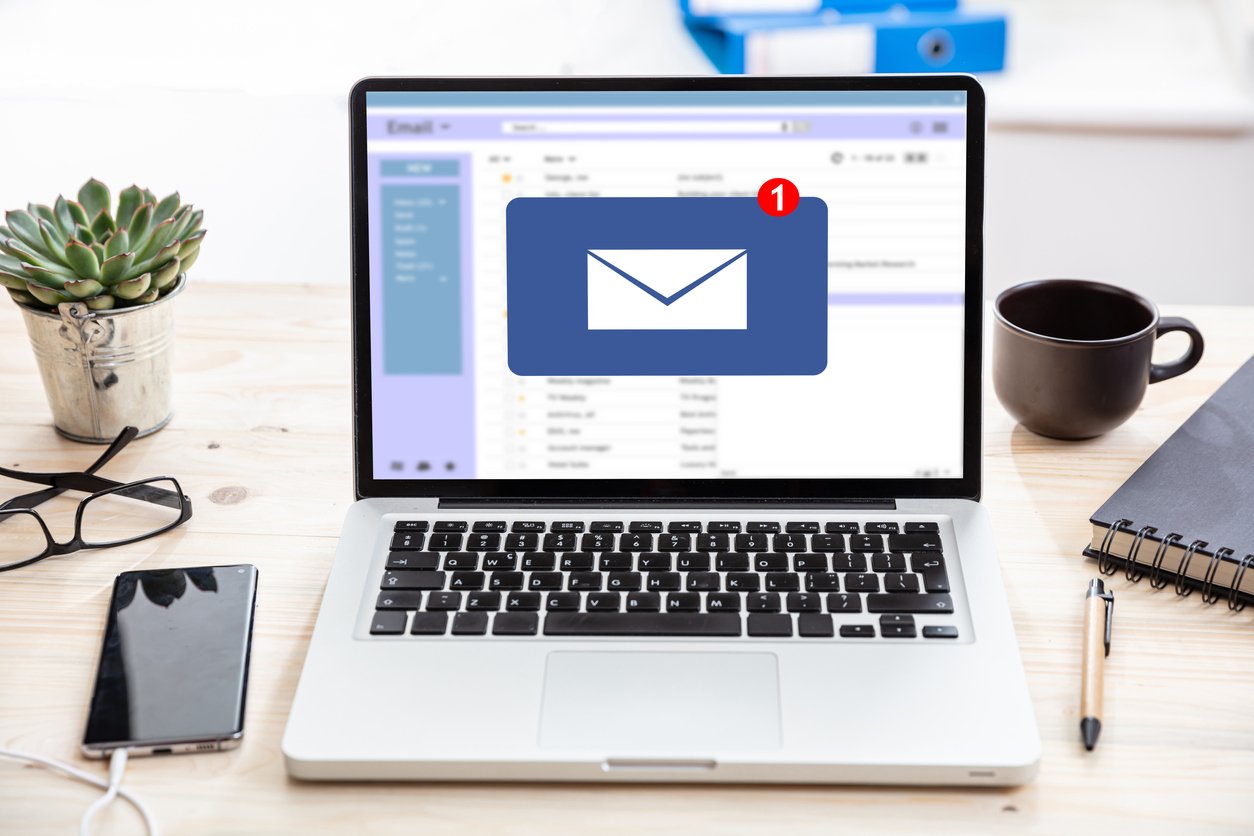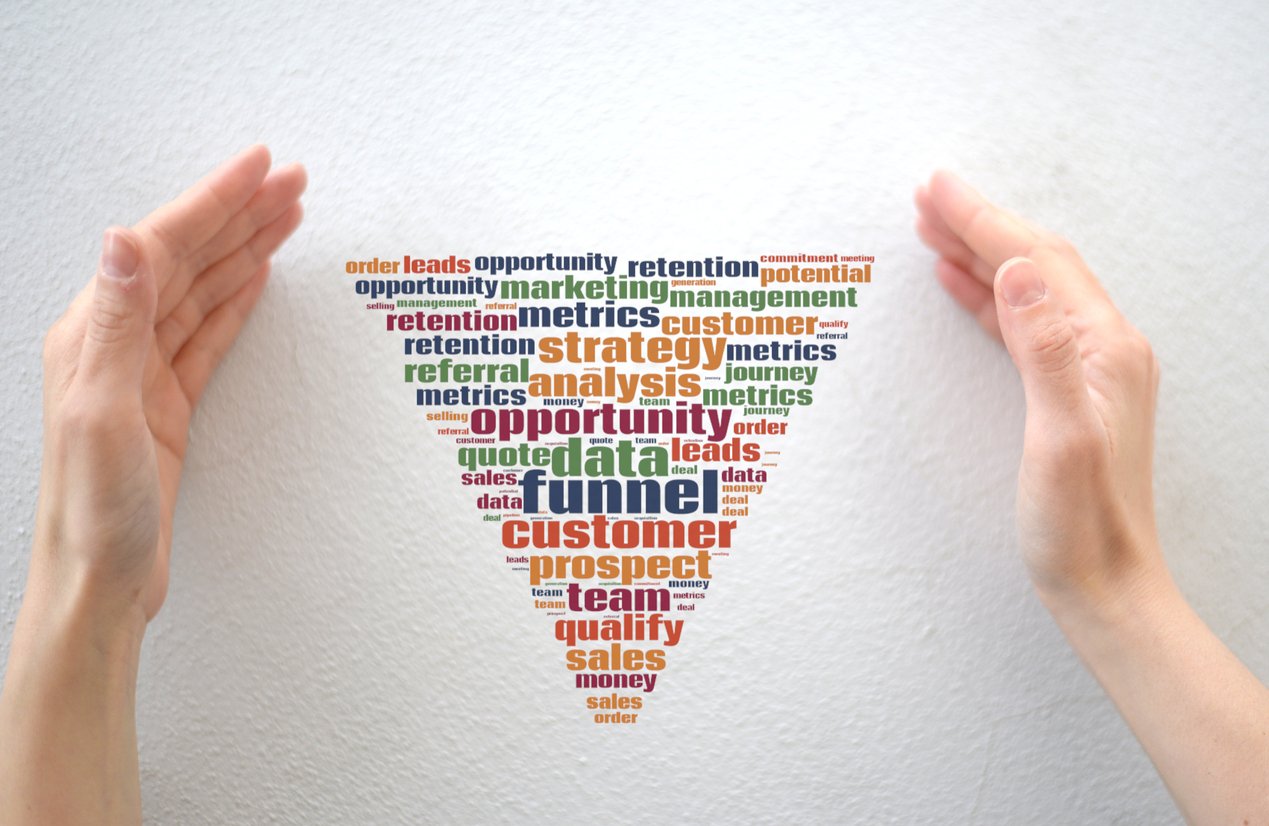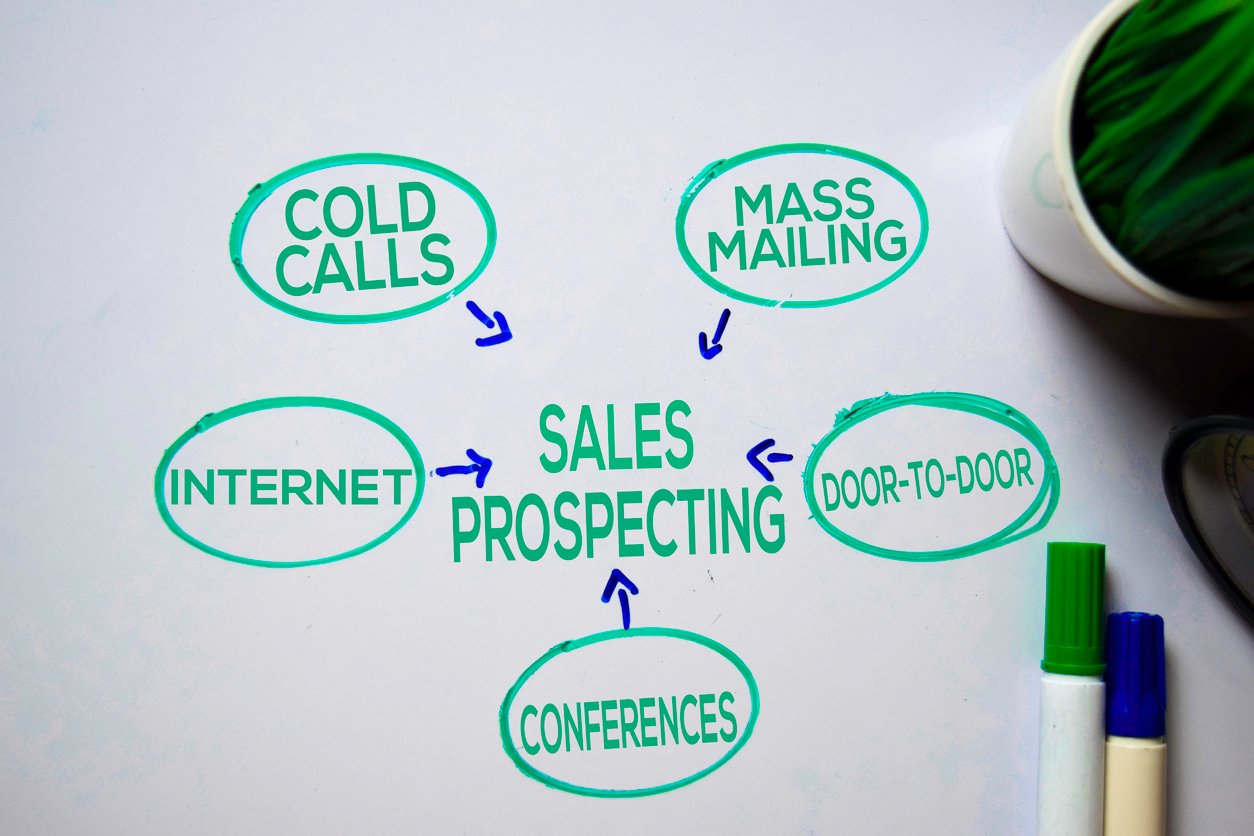
What Is a Customer Engagement Strategy? Build a Plan That Works
 Updated on
Updated on
 By Carlos Correa
By Carlos Correa
Carlos Correa
Carlos has been involved in the sales space for well over ten years. He began in the insurance space as an individual sales agent, managing teams as s...
learn more
Carlos Correa
Carlos has been involved in the sales space for well over ten years. He began in the insurance space as an individual sales agent, managing teams as s...
Table of Contents
Table of Contents
Some brands manage to build vibrant, lasting connections that go beyond just purchases. Such brands spark loyalty, drive word-of-mouth, and keep customers coming back. That kind of brand affinity doesn't happen by accident. It's the result of a thoughtful, well-executed customer engagement strategy.
But what exactly is a customer engagement strategy, and why do some companies seem to nail it while others fall flat? At its core, a customer engagement strategy is about creating meaningful interactions that align with your customers' needs, behaviors, and preferences across every touchpoint.
So, how do you build a strategy that resonates? It starts with understanding what engagement means and crafting a plan that connects across channels, devices, and moments.
Let's build a plan that works together.
Customer Engagement Marketing Strategy vs. Customer Engagement or Market Strategy

Understanding the nuances between a customer engagement marketing strategy and a broader customer engagement or market strategy can be the difference between just talking to your customers and truly connecting with them.
While these terms often get used interchangeably, they represent distinct approaches that serve different purposes in building strong customer relationships.
Marketing-Led Strategies: Lifecycle Emails, Retargeting, Content Marketing
Marketing-led strategies focus on the direct communication and touchpoints that guide customers through their journey. Think of lifecycle emails that welcome new users, retargeting ads that nudge hesitant buyers back, or content marketing that educates and entertains your audience. These customer service management tactics keep your brand top of mind and encourage ongoing interaction.
For example, lifecycle emails can boost retention rates by up to 30%, making them a powerful piece of the engagement puzzle.
Market-Led Strategies
On the other hand, market-led strategies take a broader view of the bigger picture. They focus on aligning your product and brand with customer expectations and market demands. Three key pillars stand out here:
- Product Fit: Ensuring your product truly meets the needs and desires of your target customers is fundamental. If your product doesn't fit well, no amount of marketing finesse will save the relationship.
- Brand Perception: How customers perceive your brand shapes their willingness to engage. A positive perception builds trust and loyalty, while a negative perception drives them away.
- Net Promoter Score (NPS): This metric measures customer satisfaction and likelihood to recommend your brand. A high NPS often signals strong engagement and market fit, giving clear direction for growth or improvement.
Together, these elements guide your strategy from a market standpoint, focusing on long-term alignment rather than individual campaigns.
Customer Engagement Marketing Strategy vs. Market Strategy (With Examples)
Here's how customer engagement marketing strategy differs from market strategy:
|
Aspect |
Customer Engagement Marketing Strategy |
Customer Engagement or Market Strategy |
|
Focus |
Direct communication and interaction with customers |
Overall alignment of product, brand, and customer needs |
|
Primary Tools |
Emails, retargeting ads, and content marketing |
Product development, brand management, and customer satisfaction |
|
Goal |
Drive active engagement and conversions |
Build long-term loyalty through market fit and perception |
|
Measurement |
Open rates, click-through rates, conversion metrics |
NPS scores, brand sentiment, and product-market fit analysis |
|
Example |
Sending personalized email sequences to onboard new users |
Adjusting product features based on customer feedback |
Online Customer Engagement Strategy: Key Tactics

Here are the key tactics that power an effective online customer engagement strategy and keep customers coming back for more.
1. Omnichannel Messaging (Email, SMS, Social, Web Chat)
Omnichannel messaging creates a seamless experience by connecting the dots across email, SMS, social media, and web chat. When customers receive consistent, personalized messages regardless of platform, it builds trust and keeps them engaged.
For example, a customer might get an email about a sale, a follow-up SMS with a coupon, and a chat message offering help with checkout, all coordinated and timely. This approach not only boosts response rates but also lifts customer satisfaction.
Studies show that companies with omnichannel strategies retain 89% of their customers, compared to 33% for those with weak engagement.
2. Personalization and Segmentation
Personalization is the backbone of any smart customer engagement strategy. Segmenting your audience based on behavior, preferences, and demographics allows you to tailor content and offers that resonate deeply.
For instance, research shows that segmented email campaigns generate over 14% higher open rates and 100.95% higher click-through rates than non-segmented ones. The takeaway? Personalization isn't optional; it's expected.
3. Real-Time Feedback Loops (Surveys, Ratings)
Engagement is a two-way street. A dynamic online customer engagement strategy includes real-time feedback loops that capture customer sentiment while it matters most. Quick surveys, star ratings, and instant feedback forms invite customers to share their thoughts and feel heard.
This immediate insight lets companies respond fast, fixing issues before they escalate and reinforcing positive experiences.
4. Gamification and Community Features
Gamification uses game mechanics, like points, badges, and leaderboards, to motivate customers to interact more frequently and with greater enthusiasm.
Building community features such as forums, user groups, or social media clubs fosters a sense of belonging and loyalty. When customers feel part of a tribe, their engagement shifts from transactional to emotional. The result? Higher retention, increased referrals, and a lively brand ecosystem.
5. Mobile-Specific Channels (Push Notifications, SMS, In-App Messages)
Crafting a mobile customer engagement strategy means using channels uniquely suited to handheld devices. Push notifications, SMS, and in-app messages deliver timely, relevant alerts right where customers spend much of their time.
But mobile messages need to be smart, not spammy. The best mobile outreach sales strategies use behavioral triggers, like cart abandonment reminders or exclusive flash sales, to engage without annoying.
Customer Engagement Strategy Template: A Simple Framework

Building a strong customer engagement strategy doesn't have to be complicated. This straightforward template breaks down the process into manageable steps, helping you craft a plan that drives results and keeps customers coming back.
1. Set Clear Goals and KPIs
Define what success looks like. Are you aiming to improve retention, boost repeat purchases, or raise your NPS? Clear goals keep your strategy focused and measurable.
For instance, increasing repeat purchases by 20% within six months gives you a concrete target to track progress and adjust tactics.
2. Identify Audience Segments
Not every customer behaves the same way, so treat them accordingly. Break your audience into segments like new users, VIP customers, or churn risks. Understanding these groups helps tailor your engagement efforts, making messages more relevant and impactful.
3. Map the Customer Journey
Plot out every touchpoint your customer encounters, from first awareness to post-sale support. This map reveals where engagement matters most and highlights opportunities to connect, surprise, or assist your audience throughout their journey.
4. Choose Engagement Channels
Decide which channels make the most sense for your audience and goals. Whether it's email, SMS, mobile push notifications, or social media, each channel offers unique advantages. The key is to align your channel mix with where your customers spend time and how they prefer to communicate.
5. Create Personalized Messaging
Craft messages that speak directly to each segment, whether through automated workflows or manual campaigns. Personalization boosts relevance and response, customers notice when content feels made just for them, not mass-distributed.
6. Test and Optimize
No strategy is perfect from day one. Use A/B testing, analytics, and user feedback to continuously refine your approach. Small tweaks in timing, wording, or design can significantly improve engagement rates, turning a good strategy into a great one.
Conclusion
A well-executed customer engagement strategy is the foundation for lasting customer relationships.
From aligning your marketing and market strategies to deploying smart online tactics and building a structured engagement plan, every step plays a role in how your brand connects, retains, and grows its customer base.
Whether you're nurturing new leads, reactivating quiet customers, or deepening loyalty with your VIPs, the right sales tools make all the difference.
That's where Ringy comes in. As a mobile-first CRM designed with engagement in mind, Ringy helps businesses deliver timely, personalized interactions that convert.
Want to see it in action?
Request a demo of Ringy and see what smarter engagement looks like.

Skyrocket your sales with the CRM that does it all.
Calling? Check. SMS? Check. Automation and AI? Check. Effortlessly keep in touch with your customers and boost your revenue without limits.

Take your sales to new heights with Ringy.
Sales in a slump? Ringy gives you the tools and flexibility you need to capture leads, engage with them, and turn them into customers.
Subscribe to Our Blog
Enter your email to get the latest updates sent straight to your inbox!
Categories
Related Articles




































































































